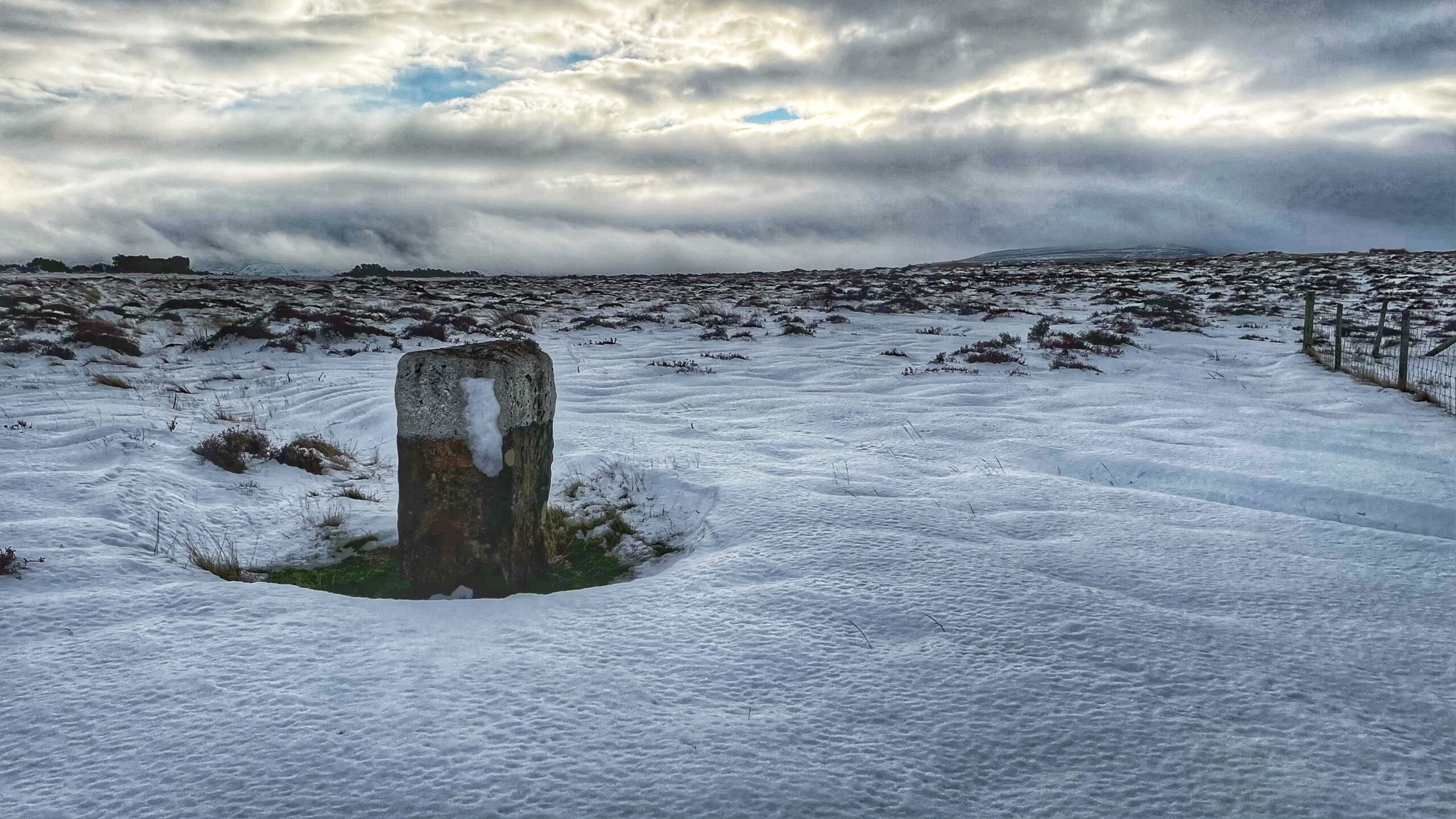On Thursday the first of August 1907, Danby staged its customary ‘Riding the Boundary’, a grand ritual meant to affirm the limits of the Manor, and by extension the Parish, while also paying annual homage to the Lord of the Manor, Hugh Richard, Viscount Downe1Whitby Gazette – 16 August 1907. “Riding the Boundary” at Danby. https://www.britishnewspaperarchive.co.uk/viewer/bl/0001103/19070816/189/0008.
The bailiff opened the day with a ringing “Oyez, Oyez, Oyez”, summoning all who wished to join the long march round the bounds. Local dignitaries took their places on horseback. Others, of more modest standing, trudged along on foot, happy enough to join for a stretch. The bailiff brandished a gleaming spade with which he unearthed silver and copper coins at chosen spots, prompting small boys to scramble for the glittering souvenirs. Over two days the company covered nearly forty miles, a distance that would test the stoutest boots.
The whole affair echoed the older Rogationtide custom, the solemn ‘beating of the bounds’. That ancient practice ensured parishioners knew exactly where their obligations began and ended, and sought divine favour upon the coming harvest. Rogationtide came earlier in the year, forty days after Easter, but both traditions shared the same purpose of marking territory and reinforcing communal ties.
Among the places visited during Danby’s ‘Riding the Boundary’ was a weathered stone where the parish line takes a sudden turn west. It bears the faint inscription “GALLOW HOW D W” and a date that has been variously claimed as 1835, 1836, or 1839. The middle date seems the most convincing. The initials stand for Danby and Westerdale2NYMNPA HER No: 15611 Boundary stone at corner point of boundary at Gallow Howe .
The name Gallow How rarely troubles the minds of present-day Castleton residents, yet a century ago it would have stirred memories of a darker chapter. Here stood the site where offenders from Danby and Westerdale once faced the gibbet and met their end.
No clear tradition fixes the date of the final execution, but in the old and harsher times, when a man might hang for sheep-stealing, it is hardly surprising that Gallow How claimed its share of the condemned. No specific tale survives of any one hanging, though Joseph Ford, in his Reminiscences, repeats the belief that the stone marks the place of the ancient gibbet, where some unfortunate soul, driven by fate or folly, was brought along the lonely moorland tracks to meet justice’s final stroke3Some Reminiscences and Folk Lore of Danby Parish and District by JOSEPH FORD. HORNE & SON LIMITED, WHITBY. 1953..
- 1Whitby Gazette – 16 August 1907. “Riding the Boundary” at Danby. https://www.britishnewspaperarchive.co.uk/viewer/bl/0001103/19070816/189/0008
- 2NYMNPA HER No: 15611 Boundary stone at corner point of boundary at Gallow Howe
- 3Some Reminiscences and Folk Lore of Danby Parish and District by JOSEPH FORD. HORNE & SON LIMITED, WHITBY. 1953.

Leave a Reply